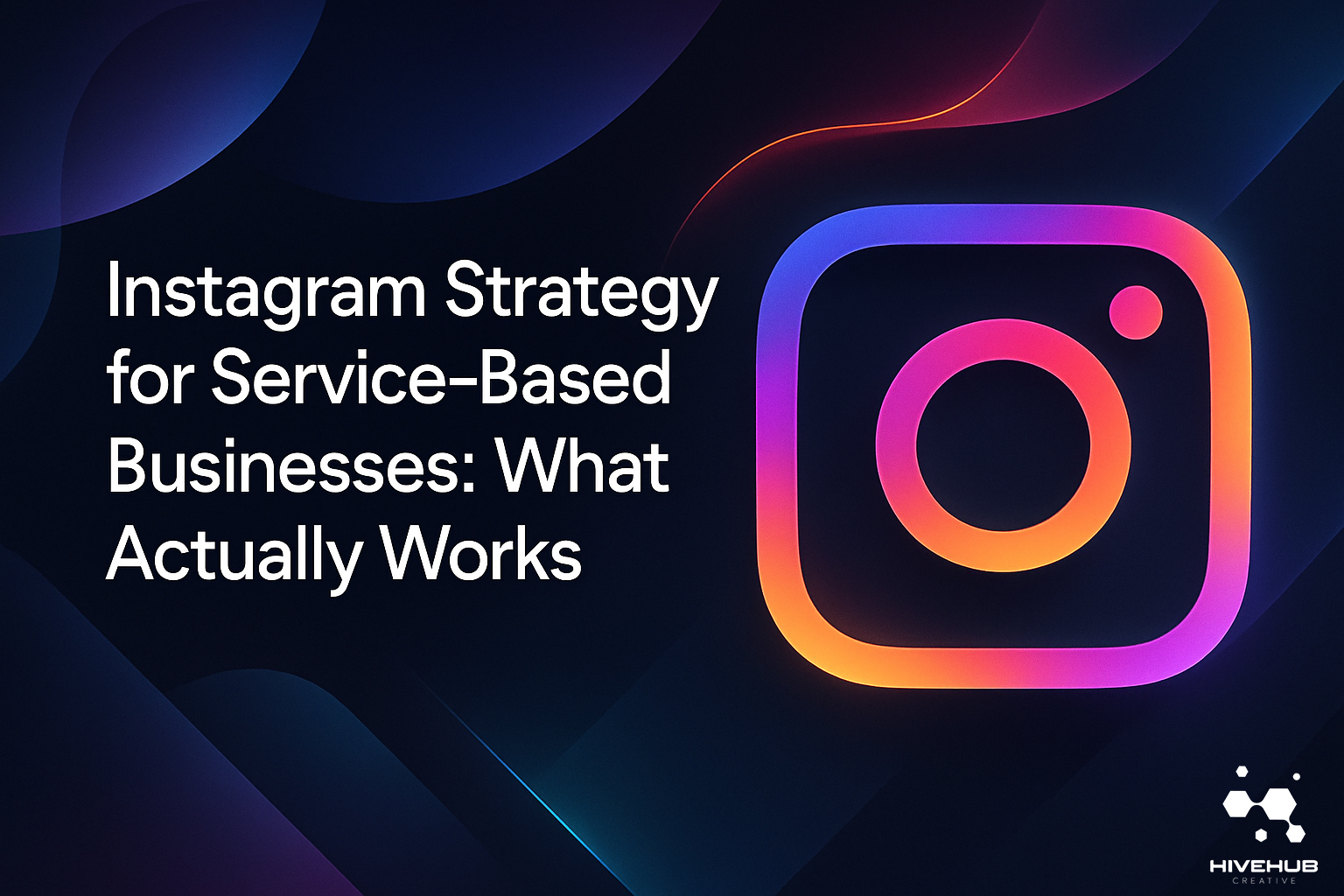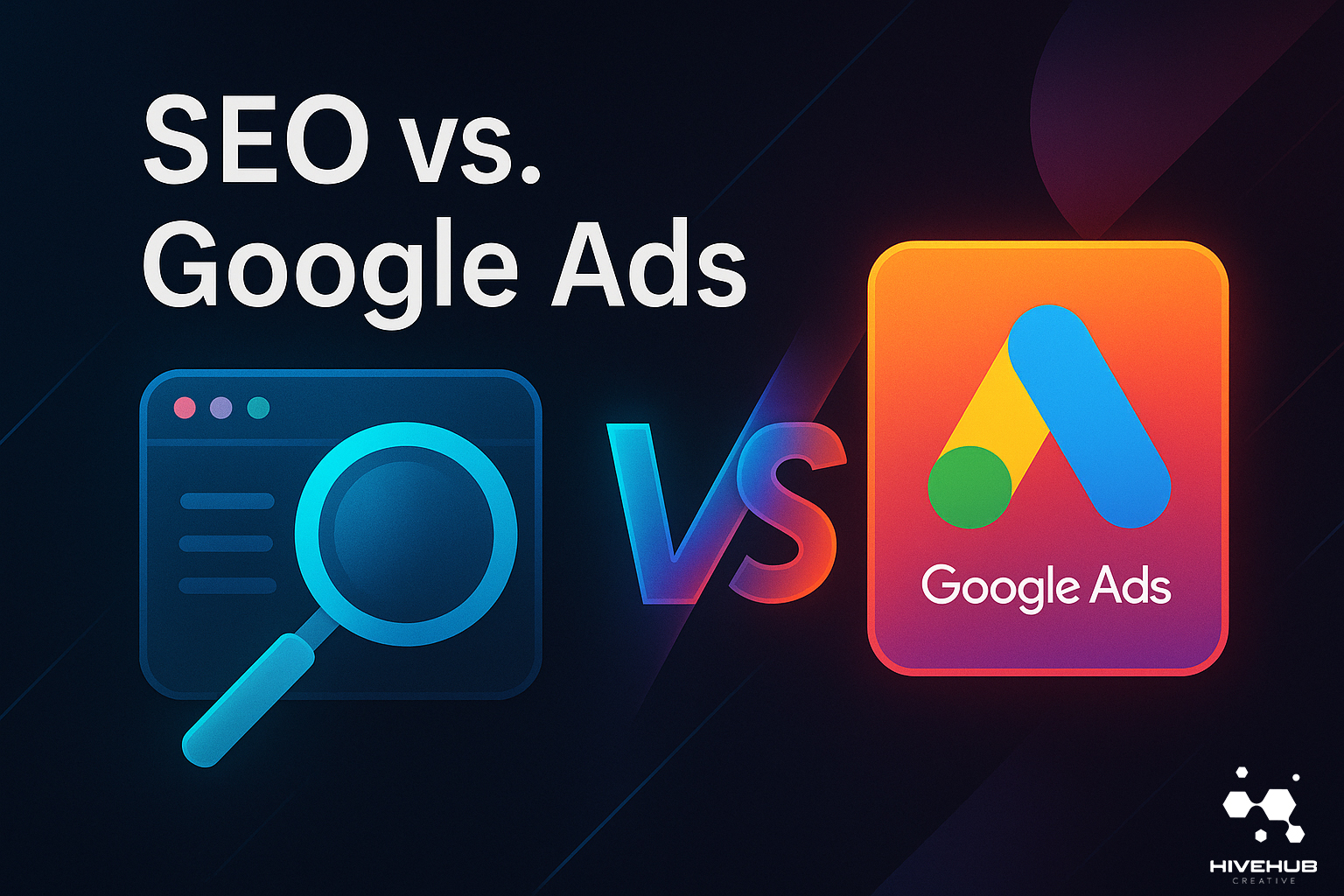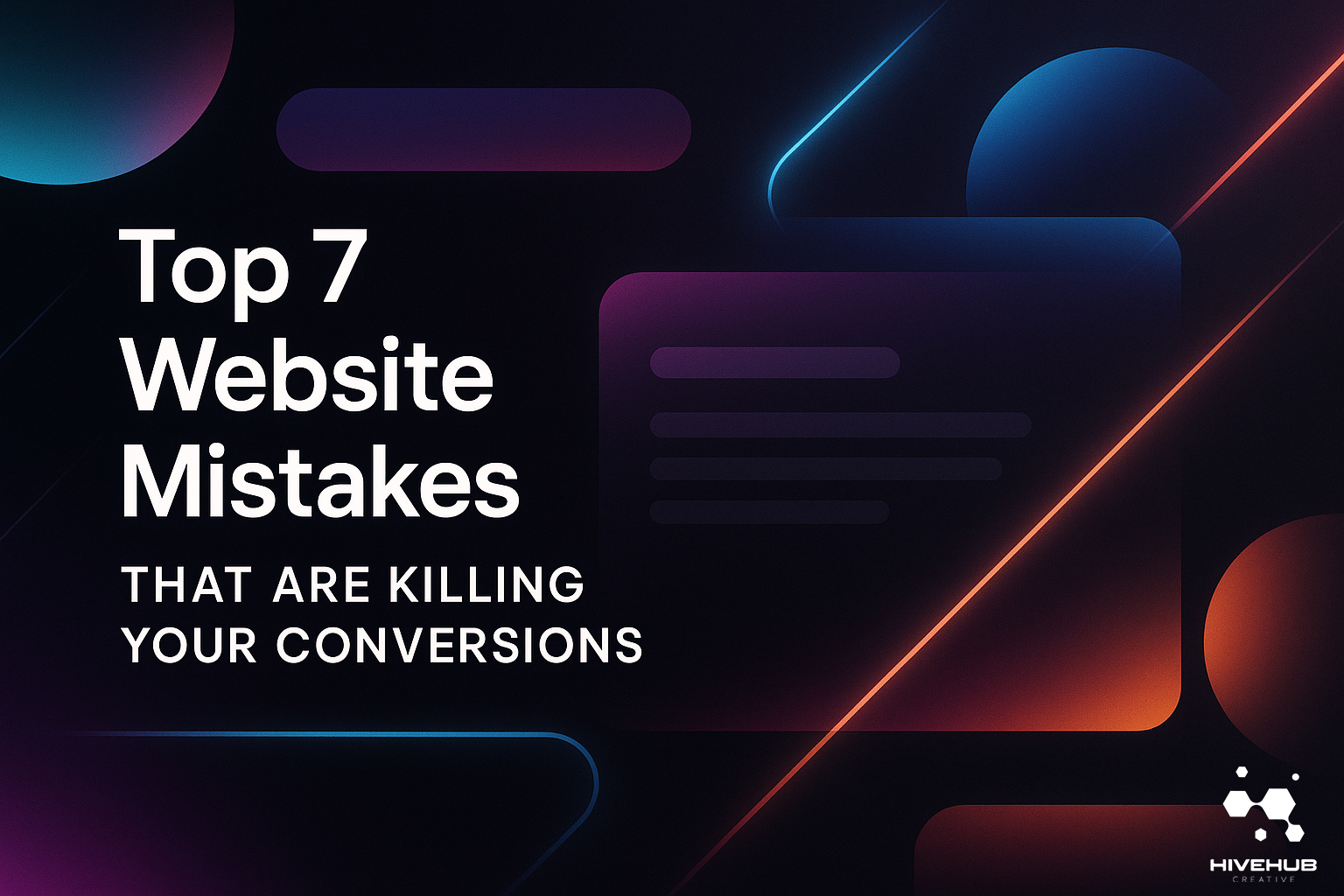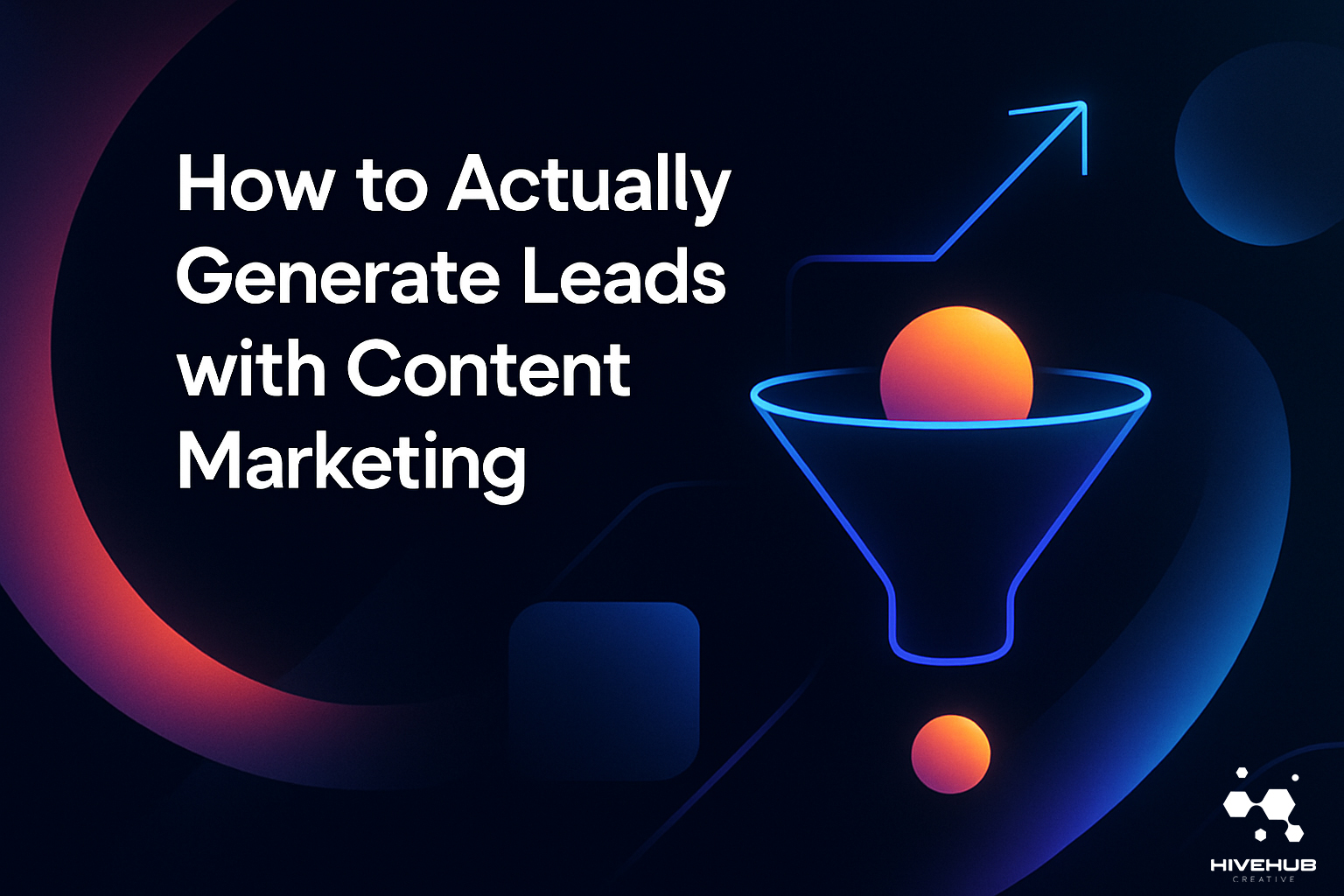2025 Web Design Trends That Actually Convert Visitors into Customers
In the ever-changing world of web design, flashy animations and oversized hero banners might get a “wow” from visitors… but a wow without a wallet swipe is just vanity. In 2025, the brands winning online aren’t the ones obsessing over pixel-perfect shadows – they’re the ones who understand how design choices guide human behavior. It’s about moving people from “just browsing” to “just bought.”
This isn’t about following every “hot trend” some design blogger declared at 2 a.m. It’s about using what actually works to turn a visitor into a paying customer.
1. Minimalism, but With a Purpose
Minimalist design isn’t new, but in 2025, it’s evolved from “look how much white space I can fit” to a more strategic, conversion-focused approach. Every element must justify its existence. That oversized banner? It better lead somewhere profitable. That stripped-down navigation? It should make it effortless for visitors to find what they need, because if your user spends more than five seconds wondering where to click, you’ve already lost them.
The clean-but-intentional layout also works well in a world where fleeting attention spans make every second count.
2. Faster Than Ever (Because Nobody Waits Anymore)
Page load speed has officially crossed from “nice to have” to “critical for survival.” In 2025, even a three-second delay can crush your conversions. Users are browsing on faster devices, 5G is everywhere, and patience has hit an all-time low. If your site isn’t loading instantly, visitors will bounce to your competitor who respects their time.
Speed also plays a big role in modern SEO, meaning a fast site isn’t just better for customers – it’s better for your search rankings too.
3. Personalized User Journeys
We’ve moved beyond generic “Welcome to our site” messages. In 2025, personalization is subtle but powerful – dynamic headlines that reflect the visitor’s location, product recommendations based on browsing history, and tailored calls-to-action that feel eerily relevant.
No, it’s not creepy (unless you overdo it). It’s simply smart. Visitors are far more likely to convert when they feel like the site “gets” them. And in a world where maximizing website success is essential, personalization helps bridge the gap between attracting traffic and sealing the deal.
4. Conversion-First Mobile Design
We’ve been saying “mobile-first” for years, but now it’s “mobile-conversion-first.” It’s not enough for your site to simply look good on a phone – it needs to be optimized for thumb-friendly navigation, instant access to key information, and easy checkout experiences.
Think fewer dropdown menus, bigger buttons, and layouts that keep users moving toward the buy button, not scrolling endlessly through filler content.
5. Authentic Visuals Over Stock Perfection
Perfectly staged, obviously fake stock photos scream “generic business template.” Today’s customers respond to authenticity – real photos of your team, your customers, your products in use. Web design in 2025 leans into a human, relatable look that builds trust faster than a thousand words of copy.
It’s not about having “high-quality images” for the sake of it – it’s about creating a genuine connection that nudges visitors from curiosity into commitment.
The Bottom Line
In 2025, web design isn’t just about looking modern – it’s about moving the needle on conversions. The smartest brands are blending aesthetics with psychology, speed, and personalization to create experiences that make buying the natural next step.
So, before you jump on the latest design fad, ask yourself: Will this actually help my visitors become customers? If the answer is no, it’s just decoration – and decoration doesn’t pay the bills.







